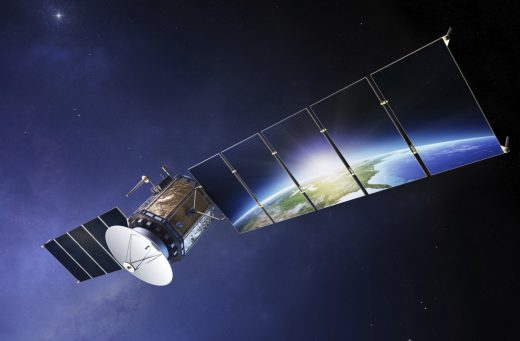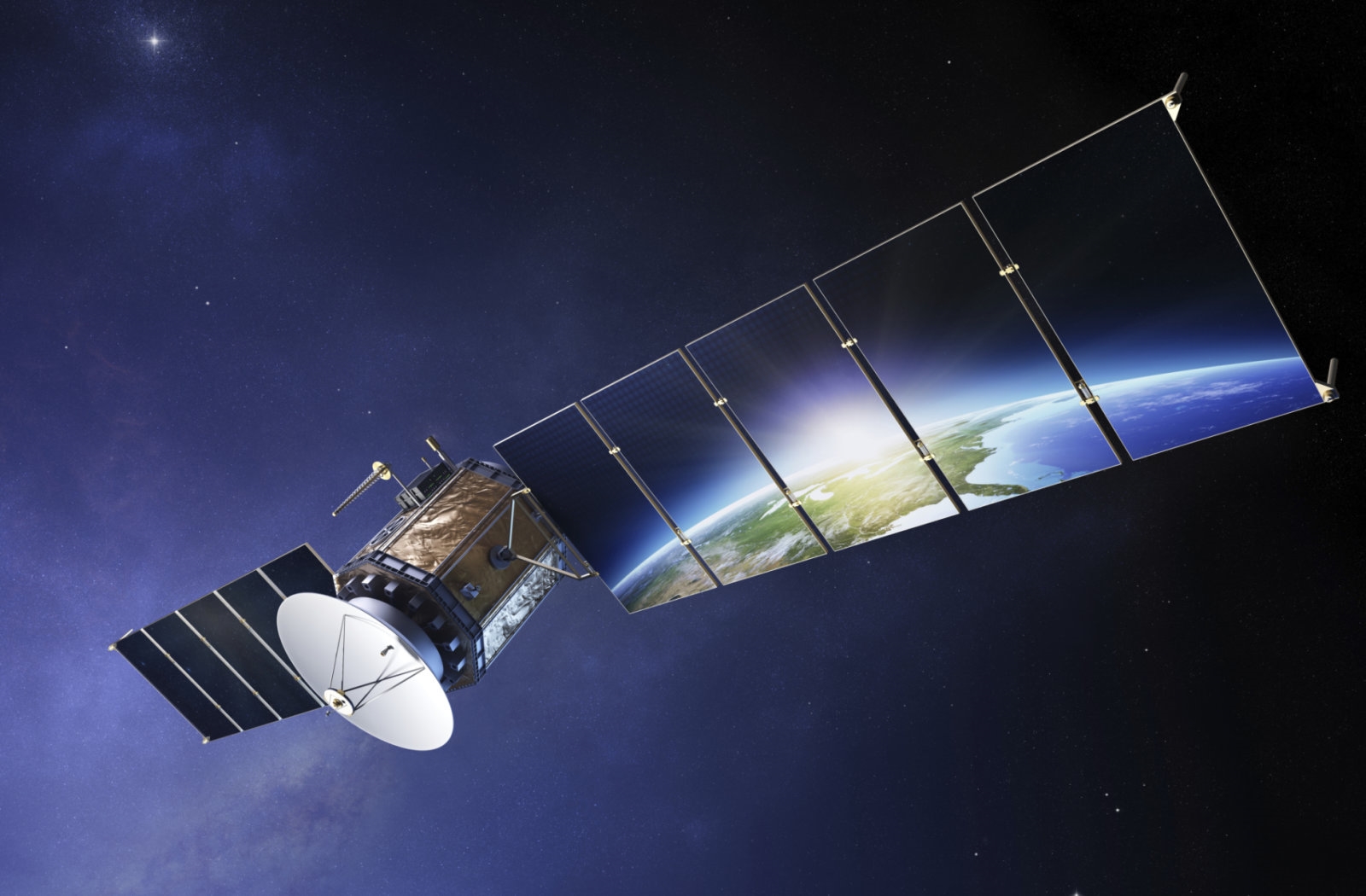ESA throws its weight behind satellite-based 5G internet
The European Space Agency has joined forces with 16 European space companies to demonstrate and champion satellite-based 5G internet. They’re calling their new initiative “Satellite for 5G,” and they signed their agreement at the Paris Air and Space Show. The partners aim to deploy satellites for use in various trials to be performed over the next few years. By doing so, they hope to convince providers that satellite-based 5G can be better than terrestrial-based ones in many situations and to secure support from the European Commission. As Magali Vassiere, ESA’s Director of Telecommunications, said in an interview embedded after the break, satellites can provide high-speed 5G connection even on mountains and islands far from cell towers. They could also ensure that you can reach first responders wherever you are on Earth.
Since the joint agreement is still in its very early stages, the participants haven’t had the chance to iron out the details of the tests they plan to perform just yet. We’ll probably hear more about the project at the “Space and Satcom for 5G: European Transport and Connected Mobility” conference on June 27th to 28th, and we’ll let you know if the group announces anything big.
Vaissiere said in a statement after the agreement was signed:
“5G provides a major opportunity for our space industry, for space and satellites to become integral parts of the future generation of communications networks and services. The joint statement demonstrates that our key industrial stakeholders are ready to join forces in response to this industrial ambition. ESA is going to define a framework supporting industrial action and further strengthening and coordinating institutional support in Europe and in particular with the EC.”
(70)















